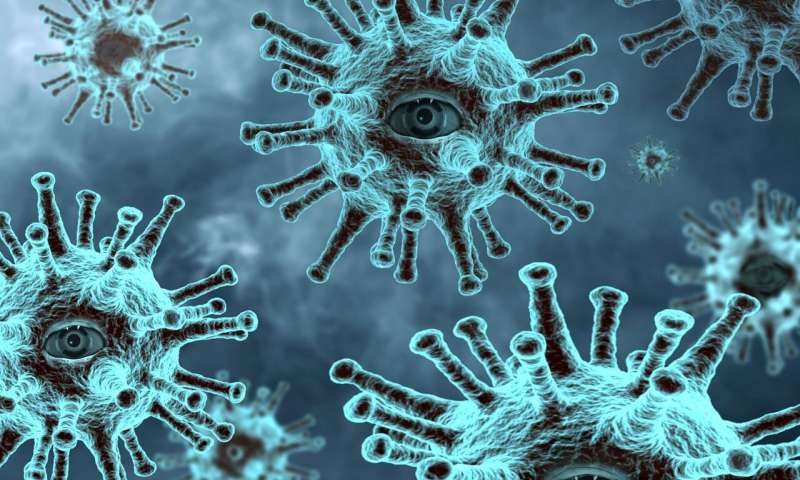Millions of Sydney residents began the first full day of a two-week coronavirus lockdown on Sunday, as Australia imposed new restrictions to contain an outbreak of the highly contagious Delta variant.
Restaurants, bars and cafes were shuttered after stay-at-home orders for central neighbourhoods were extended Saturday evening across the sprawling city and to the coastal and mountainous regions surrounding it.
While the city centre was virtually deserted, large numbers of surfers and swimmers hit the water at Sydney’s Bondi Beach, with outdoor exercise still allowed.
Australia’s northern city of Darwin also entered a separate snap 48-hour lockdown on Sunday after a handful of cases were linked to a coronavirus outbreak on a remote gold mine.
Northern Territory Chief Minister Michael Gunner said officials were concerned about being unable to reach close contacts of infected people in the region, home to a large Indigenous population feared to be more vulnerable to COVID-19.
“We are taking extreme action right now to stop or slow any spread before the coronavirus is let loose in the Territory, and that means we need a lockdown,” he said.
Health experts had advised that a shorter snap lockdown of Sydney—which has proved effective in other Australian cities in recent months—would not be enough to contain the growing cluster, New South Wales state Premier Gladys Berejiklian said.
More than 110 COVID-19 cases have been reported since a driver for an international flight crew tested positive in mid-June to the highly contagious Delta variant, which first emerged in India.
“Given how contagious this strain of the virus is, we do anticipate that in the next few days case numbers are likely to increase even beyond what we have seen today,” Berejiklian told reporters Sunday.
Testing time
The flare-up has been a shock for a city that had returned to relative normality after months with few local cases.
Matt Daly, 37, who lives south of Sydney, said he supported the measures but anticipated a “testing” period of working from home and entertaining his two young children who are on school holidays.
“A lot of juggling over the next two weeks. Really hope it doesn’t extend further,” he told AFP.
Sydney’s restrictions require people to stay home until at least July 9, only venturing out to purchase essential goods, obtain medical care, exercise, go to school or if they are unable to work from home.
Professional musician Blain Cunneen, 27, said his work—performing gigs, studio sessions and teaching students—had gone “up in smoke” overnight.
“All that was starting to operate again almost as normal… very suddenly overnight I got a bunch of emails and texts about everything being cancelled,” he told AFP.
Anyone outside of the lockdown zone who had visited Sydney since Monday was also instructed to self-isolate for 14 days, while several other states have banned travel to and from the city.
It is the latest in a string of “circuit-breaker” lockdowns across major Australian metropolises, with most cases linked to quarantining returning travellers.
More than 150,000 people in Darwin and surrounding areas are under stay-at-home orders for at least 48 hours to give health officials time to trace contacts, for the first time since a nationwide shutdown in the early stages of the pandemic.
“The Northern Territory is now facing its biggest threat since the COVID crisis began,” Gunner said.
Cases of COVID-19 were also detected in the major cities of Perth and Brisbane on Sunday, prompting local authorities to tighten restrictions.
Federal Health Minister Greg Hunt said he was confident Australia would manage.
“It’s a difficult day but we’ve done this before, we know how to do it. And we will get through it,” he said.
Australia has been among the world’s most successful countries in containing COVID-19, with just over 30,000 cases and 910 deaths in a population of about 25 million. However, the government has faced criticism for a sluggish vaccine rollout.


